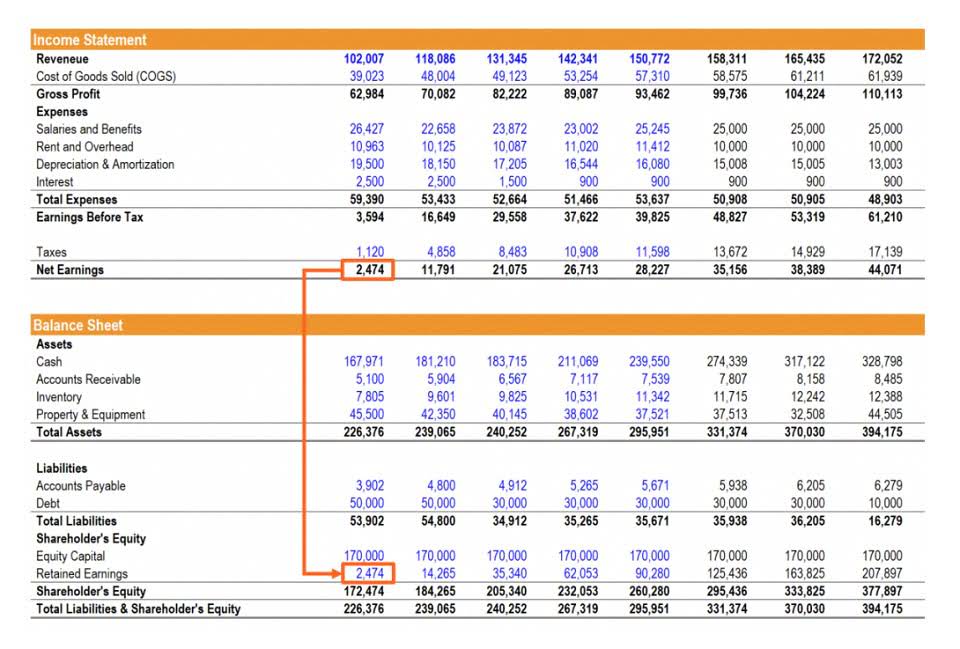Content

For example, let’s say you have a boot store that generates $100,000 in annual revenue. Once you take out the cost of the leather, you have $80,000 (this is your gross profit). Operating profit does not account for the cost of interest payments on debts, tax expenses, or additional income from investments. Analysts use a company’s gross profit margin to compare its business model with that of its competitors.
Outdoor purchases leather material to manufacture hiking boots, and each boot requires two square yards of leather. Both the cost of leather and the amount of material required can be directly traced to each boot. Outdoor knows how much material is required to produce a production run of 1,000 boots. The differences in gross margins between products vs. services are 32%, 35%, and 34% in the three-year time span, reflecting how services are much more profitable than physical products. You could also have a highly profitable product (high GPM) but lose money (low NPM). For example, you may have increased your GPM by phasing out the flat white but lost several customers in the process.
Related Metrics & KPIs
Net income—also called net profit—helps investors determine a company’s overall profitability, which reflects how effectively a company has been managed. Gross profit is the value that remains after the cost of sales, or cost of goods sold (COGS), has been deducted from sales revenue. This is typically the first sub-total on the income statement gross profit examples for most businesses. A gain on sale is posted to the income statement as non-operating income and is not part of the gross profit formula. Gross profit is a great tool to manage both sales and the cost of goods sold. This discussion defines gross profit, calculates gross profit using an example, and explains components of the formula.
It merely tells you which one generated more income according to how that company accounts for its expenses. Sales revenue or net sales is the monetary amount obtained from selling goods and services to customers – excluding merchandise returned and any allowances/discounts offered to customers. Net profit (also called net income or net earnings) is the value that remains after all expenses, including interest and taxes, have been deducted from revenue. This is the final figure located at the bottom of the income statement. Businesses can increase revenue by raising prices, but price increases can be difficult in industries that face a high level of competition.
What Is Gross Profit, How to Calculate It, Gross vs. Net Profit
If a retailer must build shelving or incur other costs to display the inventory, the expenses are inventoriable costs. You need the firm to protect company assets, regardless of how much you produce or sell. Direct costs, such as materials and labor, are typical costs that vary with production. However, if a customer contract requires you to hire an outside firm to assess quality control, that one-time cost may be considered a fixed direct cost.
Gross profit is calculated by subtracting the cost of goods sold from net revenue. Then, by subtracting the remaining operating expenses of the company, you arrive at net income. Net income is the profit earned by a business after all expenses have been considered, while gross profit only considers product-specific costs of the goods https://www.bookstime.com/articles/consolidation-accounting-definition that have been sold. Revenue is the total amount earned from sales for a particular period, such as one quarter. Revenue is sometimes listed as net sales because it may include discounts and deductions from returned or damaged merchandise. For example, companies in the retail industry often report net sales as their revenue figure.
What is Profit?
But this can be a delicate balancing act because if it sets its prices overly high, fewer customers may buy the product. Gross profit is the total profit a company makes after deducting the cost of doing business. Put simply, gross profit is a company’s total sales or revenue minus its COGS. Gross profit margin, on the other hand, is the profit a company makes expressed as a percentage using the formula above. Gross profit, also known as gross income, equals a company’s revenues minus its cost of goods sold (COGS). It is typically used to evaluate how efficiently a company is managing labor and supplies in production.
Business owners and managers use gross profit information to assess the profitability of their core business operations. It’s important to note that gross profit and net income are just two of the profitability metrics available to determine how well a company is performing. For example, operating profit is a company’s profit before interest and taxes are deducted, which is why it’s referred to as earnings before interest and taxes (EBIT). As stated earlier, net income is the result of subtracting all expenses and costs from revenue while also adding income from other sources.
Gross Profit Calculator
For example, a company in the manufacturing industry would likely have COGS listed. In contrast, a company in the service industry would not have COGS—instead, their costs might be listed under operating expenses. Gross profit, operating profit, and net income refer to a company’s earnings. However, each one represents profit at different phases of the production and earnings process. The net earnings figure includes non-operating expenses such as interest and taxes.

